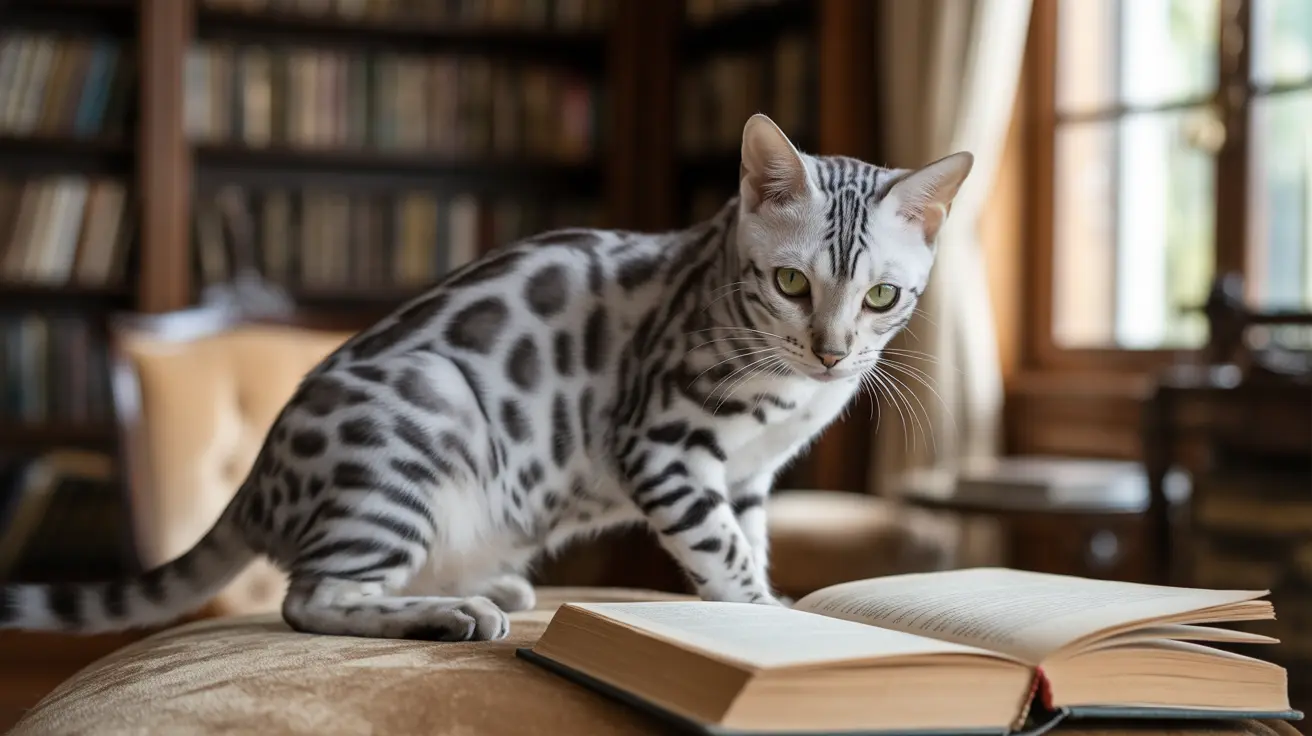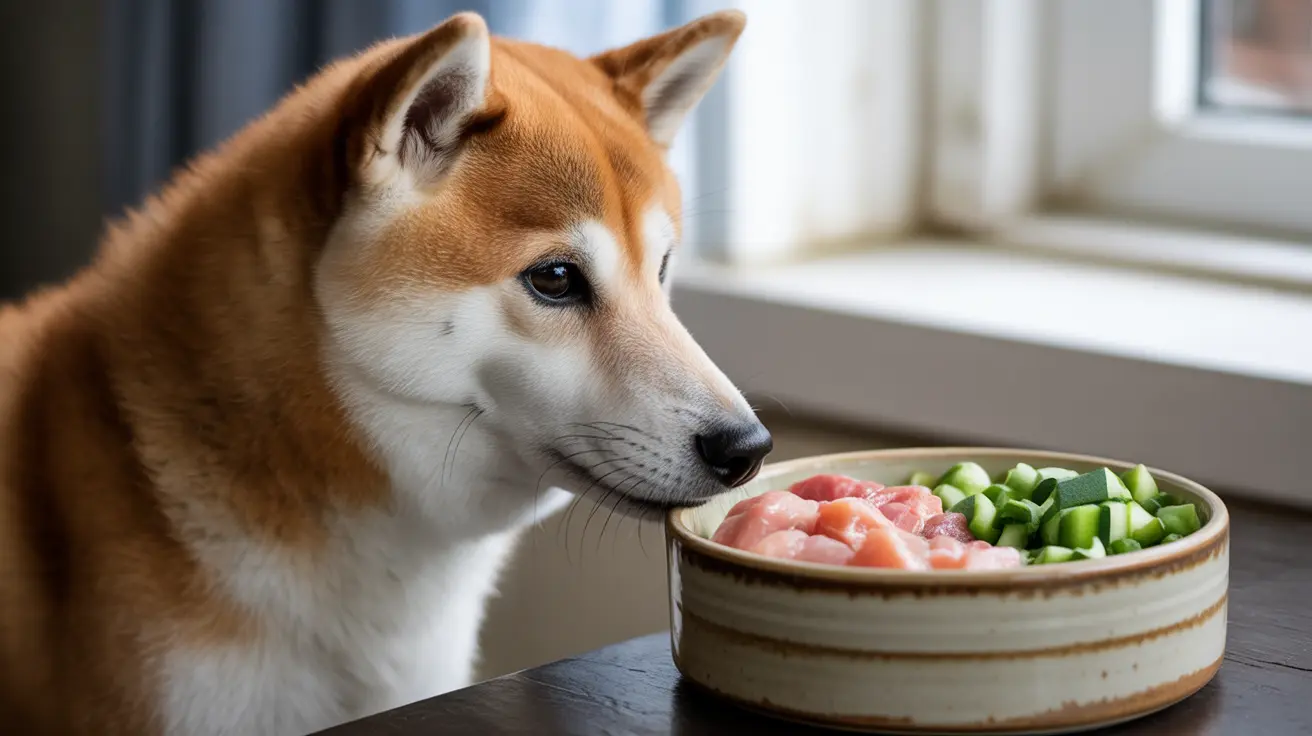If you've ever watched dogs at play, you've likely noticed them letting out the occasional sneeze during their roughhousing. This peculiar behavior, known as "play sneezing," is both fascinating and purposeful in the world of canine communication. Let's explore why dogs sneeze during playtime and what this behavior actually means.
As a natural part of dogs' social interaction toolkit, play sneezing serves multiple functions, from keeping playful interactions friendly to expressing excitement. Understanding this behavior can help pet owners better interpret their furry friends' communications and ensure positive play experiences.
The Science Behind Play Sneezing
Play sneezing differs significantly from regular sneezing caused by irritants or illness. These playful sneezes are typically shorter, gentler, and more controlled than regular sneezes. They often resemble a quick snort or "sneering" sound, primarily originating from the front of the dog's nose rather than deep within their respiratory system.
While scientists haven't pinpointed one definitive explanation for play sneezing, behavioral experts recognize it as a meaningful form of communication rather than an involuntary physical response.
Communication Through Play Sneezing
Dogs use play sneezing as a sophisticated form of social signaling. During rough-and-tumble play sessions, these sneezes act as a calming signal, effectively saying, "Everything I'm doing is just for fun!" This helps prevent play fighting from escalating into actual aggression.
These "play signals" are particularly important during high-energy interactions, where dogs might need to reassure each other that their intentions remain friendly despite the intensity of their play.
Physical and Emotional Triggers
Several factors can trigger play sneezing in dogs. Physical stimulation during play, such as wrinkling of the nose or quick head movements, might naturally lead to these sneeze-like responses. Additionally, heightened excitement and positive emotions often manifest as play sneezes.
Some breeds, particularly those with shorter snouts like Pugs or Bulldogs, may be more prone to play sneezing due to their facial structure. However, this behavior occurs across all dog breeds and sizes.
When to Be Concerned About Sneezing
While play sneezing is typically harmless, it's important to distinguish it from problematic sneezing. Regular sneezes related to health issues tend to be more forceful and often come with additional symptoms like nasal discharge or excessive head shaking.
If your dog shows signs of respiratory distress, persistent sneezing outside of play, or accompanying symptoms like nosebleeds or unusual discharge, consult your veterinarian for proper evaluation.
Frequently Asked Questions
Why do dogs sneeze specifically when they are playing?
Dogs sneeze during play as a form of communication, signaling that their actions are friendly and non-threatening. It helps keep interactions peaceful and can also express excitement or happiness during play sessions.
How can I tell if my dog's sneeze during play is normal or a sign of illness?
Play sneezes are typically gentle, short, and occur only during playful interactions. They don't produce discharge or involve forceful head movements. If sneezing occurs outside of play or includes symptoms like nasal discharge or discomfort, consult a veterinarian.
What does play sneezing mean in terms of a dog's communication with other dogs or humans?
Play sneezing serves as a calming signal, indicating friendly intentions and helping to prevent play from becoming too rough. It can also signal a desire for attention or act as a request to continue playing.
Can excessive sneezing during play indicate allergies or health problems in dogs?
While occasional play sneezing is normal, excessive sneezing, especially when accompanied by other symptoms or occurring outside of play, could indicate allergies or other health issues that require veterinary attention.
How should I respond if my dog sneezes a lot while playing with other dogs?
Monitor the overall play situation and your dog's body language. If play sneezing is accompanied by relaxed, happy body language, it's likely normal. However, if your dog seems stressed or the sneezing becomes excessive, consider giving them a break from play.
Conclusion
Play sneezing is a fascinating aspect of canine communication that helps dogs maintain positive social interactions. Understanding this behavior allows pet owners to better interpret their dogs' signals and ensure safe, enjoyable play experiences for all involved.
By recognizing the difference between play sneezing and potential health concerns, you can better respond to your dog's needs and maintain their wellbeing during social interactions.






